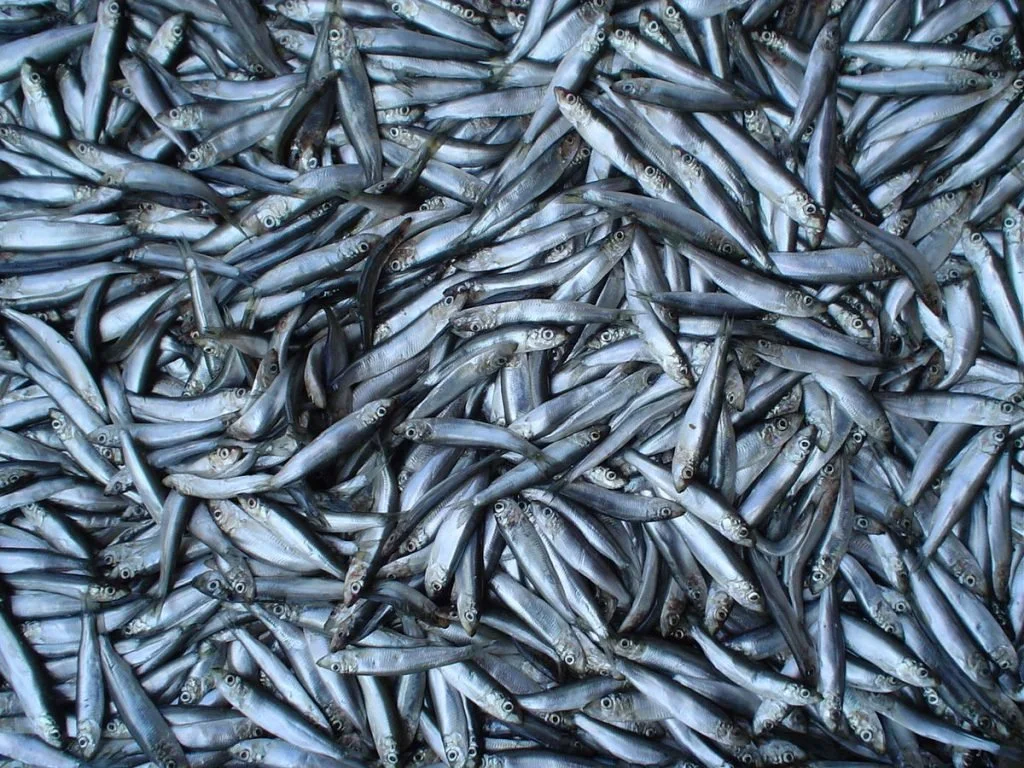Small fish, Small footprint
Why sardines, herring, and mackerel are among the world’s most climate-friendly proteins
When we talk about the climate impact of food, red meat often dominates the conversation. But fish species also vary widely in their sustainability — and small pelagics like sardines, herring, and Atlantic mackerel consistently stand out as some of the most climate-friendly protein sources.
Unlike land-based livestock, small pelagics feed low on the food chain, grow quickly, and are caught in dense schools using highly efficient gear. This makes them far less resource-intensive to harvest than many other animal proteins.
The climate numbers behind small pelagics
Studies show capture fisheries for small pelagics emit just a fraction of the greenhouse gases per kilo compared to beef, pork, or even farmed salmon.
Fuel use is the biggest driver of fishing emissions. Purse seiners and pelagic trawlers — the gear used for sardines, herring, and mackerel — are among the most fuel-efficient in the world.
A 2021 global assessment found that purse seine and pelagic trawl fisheries land around 20% of the world’s fish catches but account for only 2% of fishing-related emissions.
Chart from Our World in Data: Greenhouse gas emissions of seafood comparing emissions of pelagic species vs. other proteins)
Why sustainable seafood choices matter
Food production is responsible for over a quarter of global greenhouse gas emissions, which makes the choice of protein critical. Sardines, herring, and mackerel demonstrate that seafood can be both nutritious and climate-smart — rich in omega-3 fatty acids, affordable, and available worldwide.
For Duomedia, these species are not just our business — they’re part of the solution for a lower-carbon food future.


